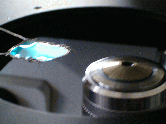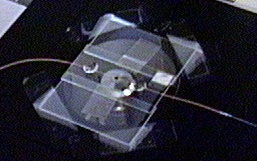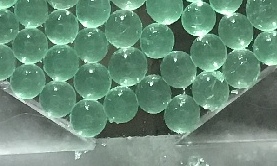
Clogging of soft particles
We study the clogging of soft particles such as hydrogels and oil droplets, finding the probability that they clog when they drain out a funnel.
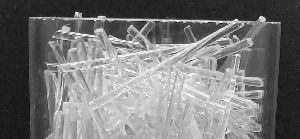
Random close packing
How do rods pack randomly in a container? What about mixtures of different sized spheres? We've done experiments and simulations to answer these sorts of questions.
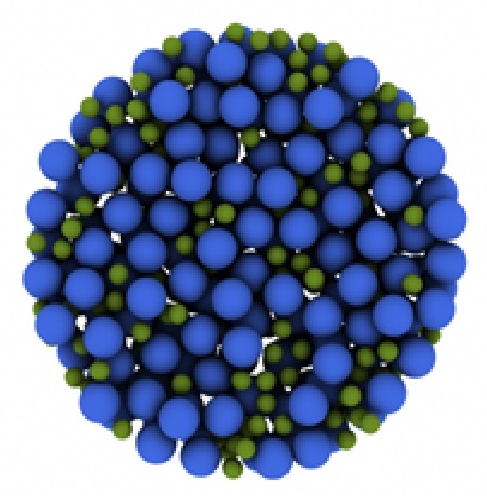
Confinement and the glass transition
The glass transition is modified in confined spaces, but it's unclear why. We study colloidal particles confined between two parallel walls or in droplets or other small spaces; we find their motion slows down in these small systems.

Free energy landscapes
We've studied three simple model systems where we can directly compute and visualize free energy landscapes.
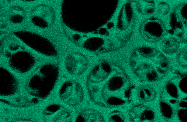
Emulsion glasses
We visualize how droplets deform in a concentrated emulsion. In some circumstances emulsions can act like a glass, and studying the deformed droplet shapes should help us understand the emulsion glass transition.
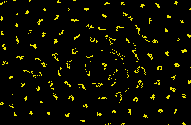
Poking colloids with magnets
We put small magnetic beads into colloidal glasses and pull on them with really strong neodymium magnets. How does this disturb the particles?
